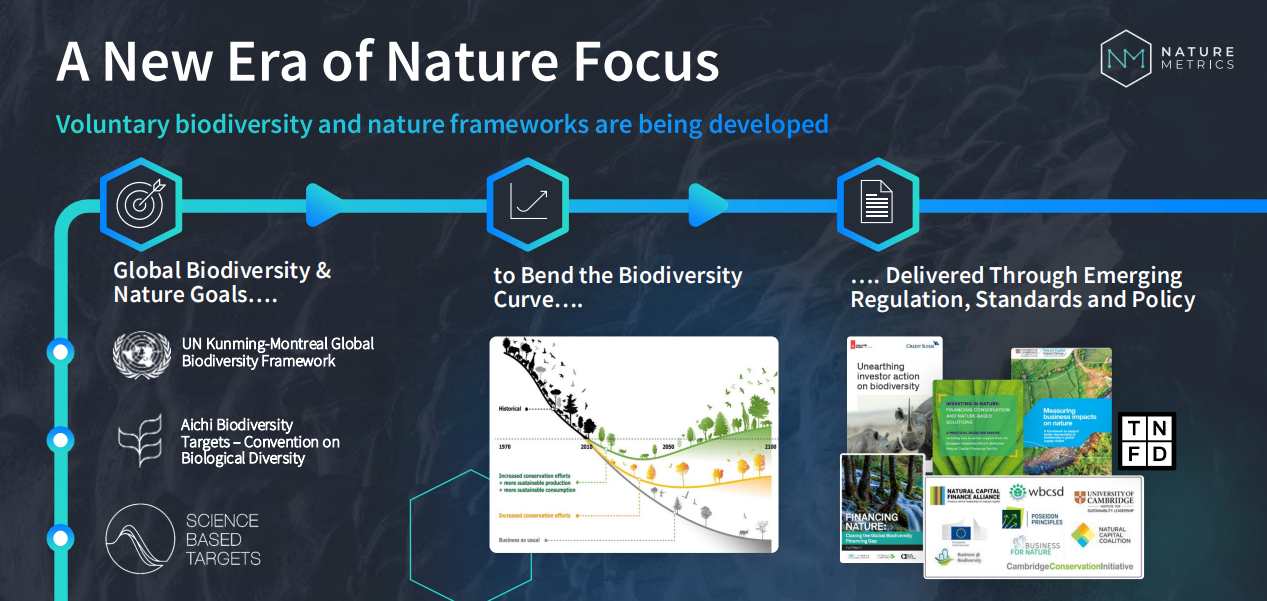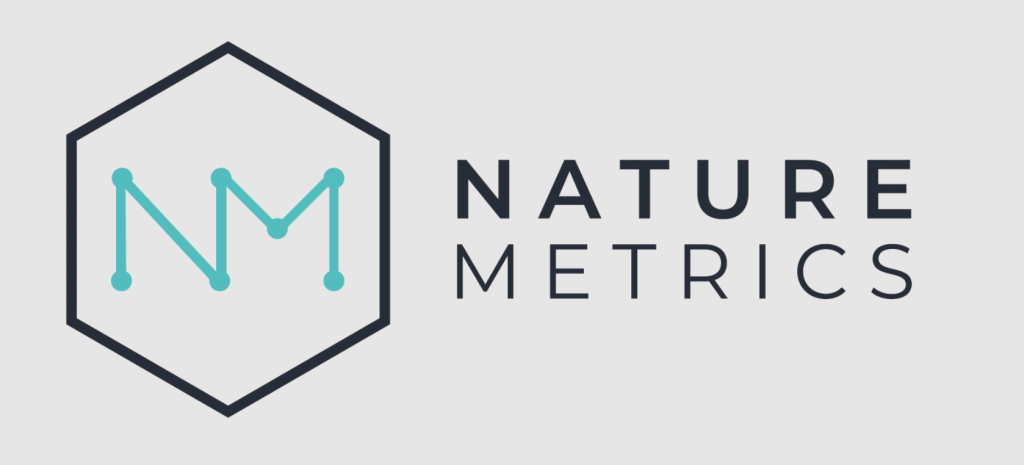
In today’s rapidly evolving regulatory landscape, the need for organizations to understand their alignment with nature-related regulations has never been more critical. The results from our recent Nature Maturity Assessment reveal significant insights into the readiness of various industries to comply with these emerging standards.
This blog will delve into the key findings of our assessment, the importance of understanding where companies stand, and the next steps to ensure compliance and leadership in nature-positive initiatives.
The Regulatory Landscape and Its Implications
As global biodiversity goals gain traction, frameworks such as the Taskforce on Nature-related Financial Disclosures (TNFD) and the Corporate Sustainability Reporting Directive (CSRD) are becoming increasingly important. These frameworks demand that organizations disclose their impacts and dependencies on nature. With countries like France leading the way with pioneering legislation such as Article 29, which mandates financial institutions to disclose their strategies for reducing biodiversity impacts, it’s clear that the regulatory momentum is building.
Introducing the Nature Maturity Assessment
In response to the growing demand for clarity on regulatory alignment, NatureMetrics developed the Nature Maturity Assessment tool. This tool follows a maturity framework designed to evaluate an organization’s journey towards becoming nature positive. The assessment is structured around six key topics: Nature Strategy, Accountability, Transformation, Understanding, Responsiveness, and Education (NATURE).
Key Findings from the Assessment
Our analysis revealed that 84% of respondents are currently in the ‘learning’ category, indicating that they are not yet ready to fully align with CSRD or TNFD. Only 15% of organizations have a nature strategy or a nature-positive roadmap in place. This highlights a significant gap that needs to be addressed to meet regulatory requirements and advance towards nature-positive goals.
In the area of data collection on nature-related impacts, 44% of respondents do not currently gather such data. Even fewer, 84%, do not collect any data from their suppliers. This is a crucial gap, as CSRD requires detailed data on impacts and dependencies on nature throughout the value chain.
Furthermore, less than a quarter of organizations are engaging with their supply chains on nature-related issues, and only 17% have established KPIs or requirements for their suppliers. This underscores the need for comprehensive engagement strategies to improve overall alignment with nature-positive goals.
The Path Forward
For organizations aiming to improve their nature maturity, the first step is developing a robust nature strategy. This strategy should encompass the entire value chain, including supply chains, to ensure comprehensive alignment with CSRD and TNFD. Collecting data on nature-related impacts and dependencies is crucial, yet our findings show that 44% of respondents do not currently gather such data.
To bridge this gap, NatureMetrics offers tools and expertise to help organizations understand and improve their nature maturity. By taking the Nature Maturity Assessment available on our website, companies can get a clear snapshot of their current standing and identify actionable steps to enhance their compliance and leadership in nature-positive initiatives.
Conclusion
The journey towards nature-positive alignment is challenging but achievable. Our Nature Maturity Assessment provides a vital tool for organizations to understand their readiness and take proactive steps to meet regulatory demands. By focusing on strategy, data collection, and supply chain engagement, companies can transform their operations and contribute to a sustainable future.

